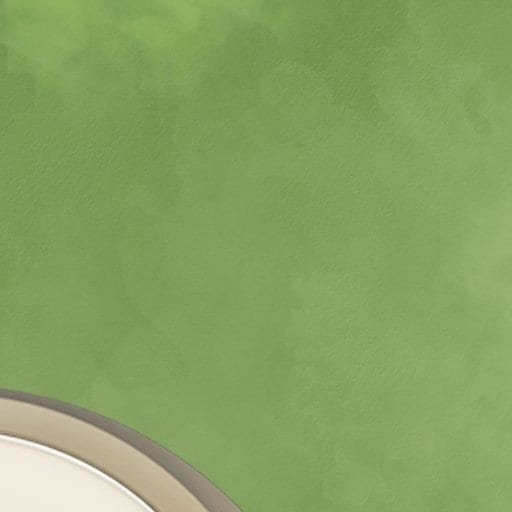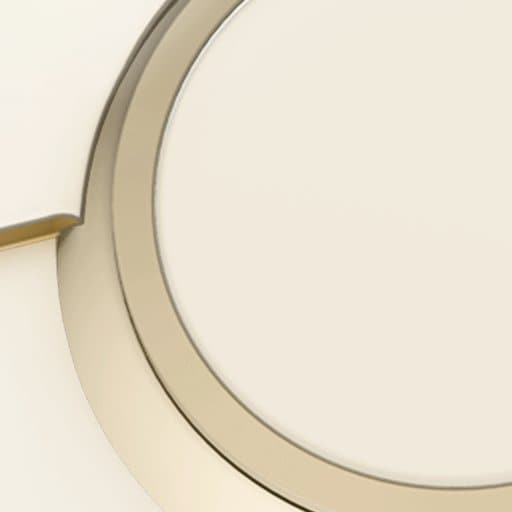
Manatees - Disney Animals
Manatees at Walt Disney World Resort
There are 3 species of manatee: the Amazonian manatee, the West African manatee and the West Indian manatee. The West Indian manatee can be found at The Seas with Nemo & Friends Pavilion, which you can explore after riding The Seas with Nemo & Friends attraction at Epcot.
Manatees in the Wild
West Indian manatees float through tropical and subtropical estuaries, tranquil rivers and coastal waters in search of food and warm water sources. While sometimes manatees pair up on these journeys, they’re relatively solitary animals who have no need to group up for protection. Manatees can be found all along the East Coast of the United States, spanning as far north as the mid-Atlantic during the hot summer months. Populations of West Indian manatees can also be seen in waterways bordering the east coast of Central America and South America, the Greater Antilles and The Bahamas.
Manatees at Disney: Home Away from Home
The manatees at The Seas with Nemo & Friends Pavilion are carefully monitored and expertly cared for to prepare them for the goal of returning to the wild!
Prepped for Takeoff
Just as our Guests are only visiting, the manatees at The Seas with Nemo & Friends Pavilion are also here for a temporary stay. It is the hope of Disney’s animal care experts to return the manatees in our care to the wild after the appropriate amount of rest, recovery and rehabilitation when possible. To ensure that the natural instincts of visiting manatees remain intact for their eventual release, manatee training is minimal. The select amount of training they do receive allows them to participate in their own recovery and makes it easier for Disney’s animal care experts to monitor each manatee’s progress.
“Lettuce” Eat Lettuce
Manatees are foraging fanatics. They will easily chow down on up to 15% of their body weight in a single day. With adult male manatees weighing as much as 1,200 pounds (544 kg), that’s nearly 180 pounds (82 kg) of plants! For the manatees at The Seas with Nemo & Friends Pavilion, this means lettuce, lettuce and more lettuce— nearly 100 heads per day! This is reminiscent of the floating plants that are part of their diet in the wild. While the manatees receive all of the nutrients they need from this lettuce, additional foods like carrot, apple and sweet potato may also be incorporated into their diet as a form of enrichment. Regardless of whether they are munching on crisp greens or fresh fruits, our manatees enjoy the same high-quality produce during their stay at Walt Disney World Resort as our Guests!
Disney Conservation: Saving Manatees
The Walt Disney Company is passionately committed to the protection of manatees and their natural habitats.
Threats to Manatees
Due to threats both human-made and natural, populations of West Indian manatees continue to be at risk. The primary threat to this species is fatal watercraft strikes, but pollution and loss of groundwater due to human activities is also to blame.
A Need for a Slower Speed
West Indian manatees tend to inhabit shallow waterways that are frequented by an increasing number of recreational speed boats. Manatees rest just under the water’s surface and are difficult to see when boats travel at high speeds, resulting in many of these creatures being severely scarred and permanently injured by propellers. An estimated 25% of manatee deaths are a direct result of watercraft collisions, making humans one of the biggest threats to manatees in the wild.
Under Stress
As humans continue to tap into the groundwater sources that form warm springs, it is becoming increasingly difficult for manatees to find a reliable place to live, especially during the cold winter months. In the absence of naturally warm springs, manatees are drawn to the warm water discharged by power plant facilities. If manatees are unable to find an alternative source of warm water, this can lead to a dangerous decrease in body temperature known as cold stress.
A Red Ebb and Flow
“Red tides” occur when toxin-producing algae grows out of control, turning the water a trademark rusty red color in the process. While not all algal blooms are harmful (more algae means more food for marine ecosystems after all), the high amount of toxins generated by red tides can result in the death of fish, shellfish, seabirds and even large marine mammals like manatees. Florida’s Gulf Coast is well-known for being a red tide hotspot. The close proximity of manatees to red tide locations increases the likelihood that they will ingest dangerous toxins in the foods they eat or inhale the equally toxic gases released by the algae.
Disney Cast Members Help Manatees
Through close collaboration with other rehabilitation facilities in the state of Florida, Disney’s animal care experts are able to provide ill and injured manatees with the stable, controlled environment they need to make a recovery. Many of the manatees that have called The Seas with Nemo & Friends Pavilion home were on the mend following near-fatal boat strikes that severely impeded their ability to swim and survive in the wild. Others arrived to stabilize after falling victim to cold stress. Even after they are released, these mighty mammals are carefully tracked and monitored to ensure that they are migrating and socializing as they should be. Disney’s animal care experts have assisted with the successful rehabilitation of over 15 West Indian manatees to date, and they continue to care for rescued manatees to this day.
Supporting Manatee Research and Care
Since 1995, the Disney Conservation Fund (DCF) has supported more than 15 nonprofit organizations in their efforts to protect manatees and their habitats while engaging local communities in their conservation. DCF has provided grants to multiple nonprofit organizations working to better understand manatee populations, biology and habitat use. DCF has also provided funding to care for manatees suffering from cold stress during unseasonably cold winters.
*The Disney Conservation Fund is supported by The Walt Disney Company and Guests of Walt Disney Parks and Resorts, with 100% of Guest contributions matched by Disney and directed to nonprofit organizations. Additionally, Disney covers all costs of managing the fund. The Disney Conservation Fund is not a charitable organization, and donations are not deductible as charitable contributions for US tax purposes.







